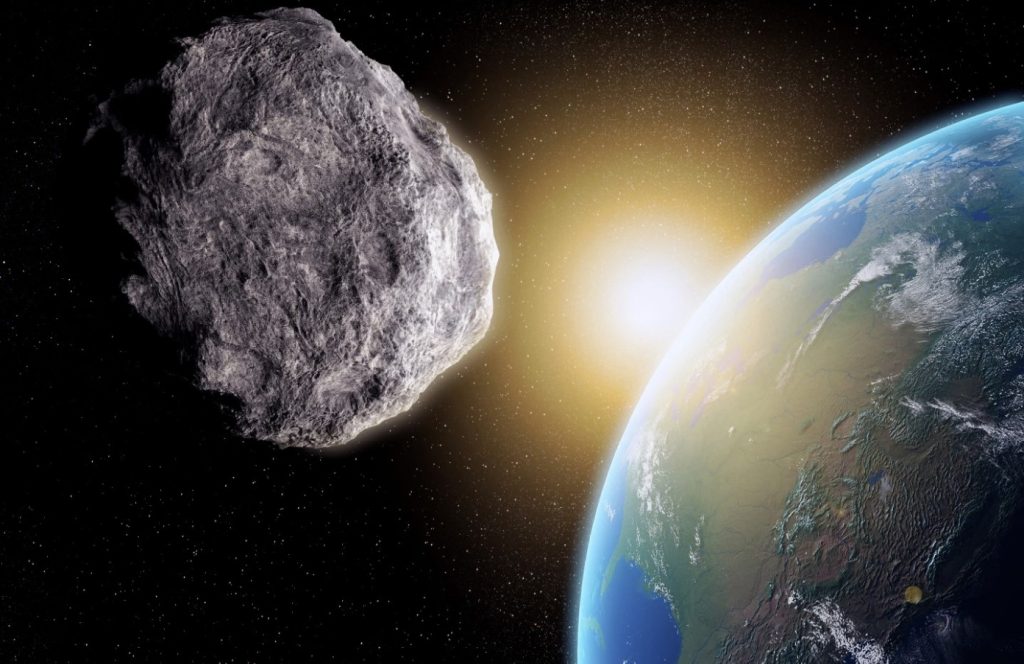
Never knew the 4 horsemen rode asteroids now!
The space rocks are traveling up to 57,000mph and the largest of the bunch is as tall as the Empire State Building.
NASA has classed the asteroids as “near-Earth objects” (NEOs) and is keeping them under constant supervision.
Tens of thousands of NEOs are tracked by scientists to ensure they don’t collide with our planet. One small change to their trajectories could spell disaster for our planet.
The series of asteroids
The first of Saturday’s asteroids is called 2020 GM1.
It will pass Earth at around 8:15 A.M. UTC at a distance of 2.3 million miles – around nine times the distance between Earth and the Moon.
That may sound far, but it’s relatively close in space terms: NASA considers anything passing within 120 million miles of Earth a NEO.
The first of tomorrow’s asteroids is also the fastest, clocking speeds of 57,000 miles per hour.
The other Easter weekend asteroids are 2020 GU1 (9:48 A.M. UTC), 2020 GG (4:21 P.M. UTC) and 2004 FG11 (7:00 P.M. UTC).
At 1,246ft long, the largest, 2004 FG11, is as big as the Empire State Building.
A big asteroid impact possible?
Astronomers are currently tracking nearly 2,000 asteroids, comets and other objects that threaten our pale blue dot – and new ones are found every day.
Earth hasn’t seen an asteroid of apocalyptic scale since the space rock that wiped out the dinosaurs 66 million years ago.
However, smaller objects capable of flattening an entire city crash into Earth every so often.
One a few hundred feet across devastated 800 square miles of forest near Tunguska in Siberia on June 30, 1908.
Another one may have created a giant crater in Nigeria end of March 2020.
Luckily, NASA doesn’t believe any of the NEOs it keeps an eye on are on a collision course with our planet.
“NASA knows of no asteroid or comet currently on a collision course with Earth, so the probability of a major collision is quite small. In fact, as best as we can tell, no large object is likely to strike the Earth any time in the next several hundred years,” NASA says.
That could change in the coming months or years, however, as the space agency constantly revises objects’ predicted trajectories.
Even if they were to hit our planet, the vast majority of asteroids would not wipe out life as we know it. Global catastrophes are only triggered when objects larger than 3,000 feet smash into Earth, according to NASA.
More space and asteroid news on Strange Sounds and Steve Quayle. [The Sun]













That is why North West of USA and the 10 states are shaking so hard. M 5.9 – 15km E of Basco, Philippines